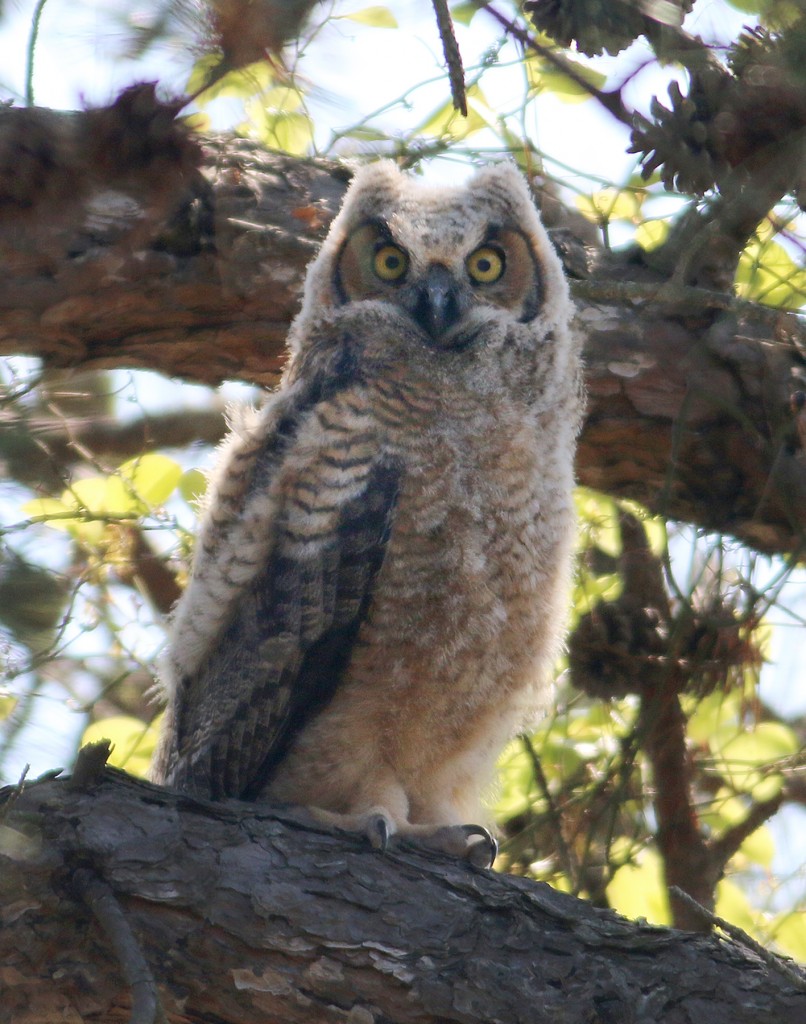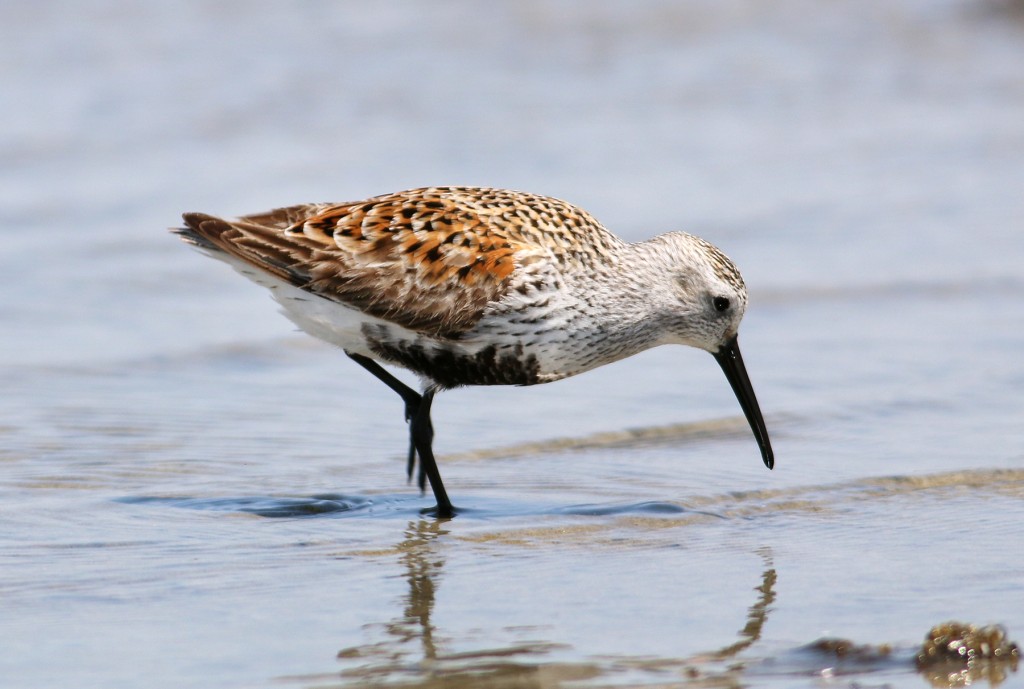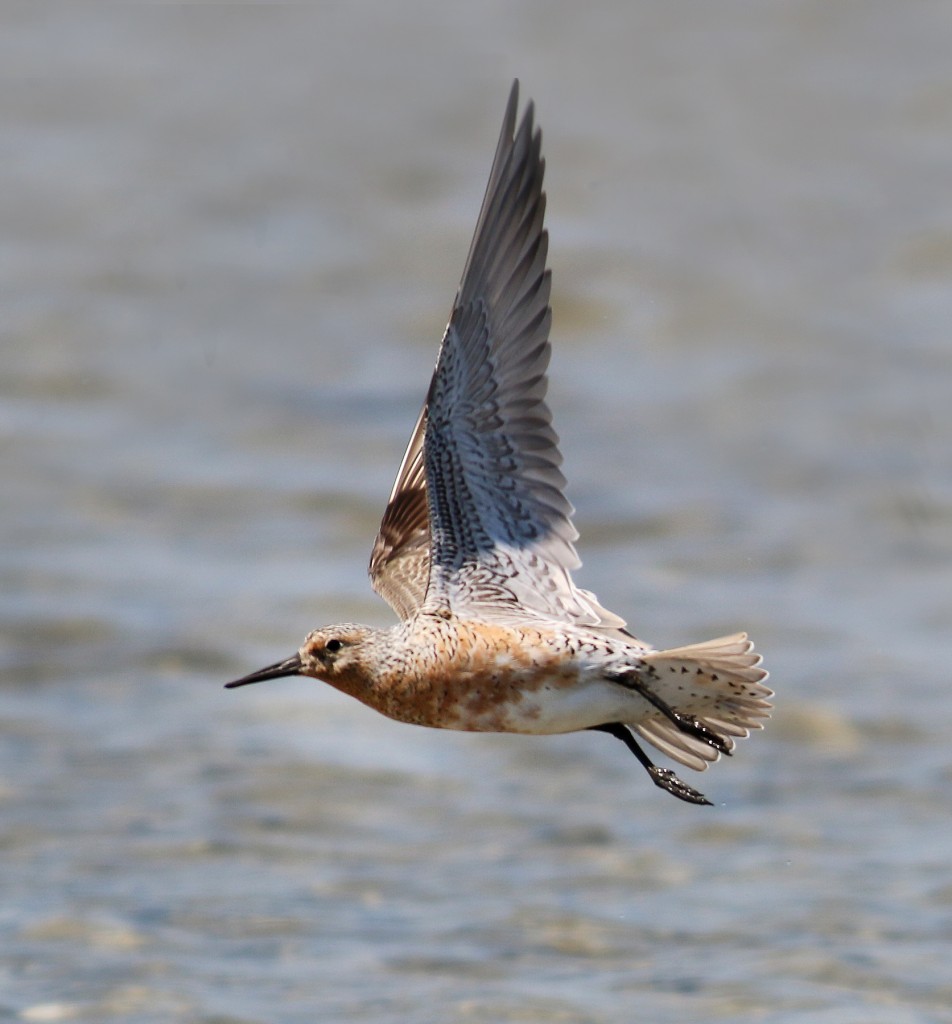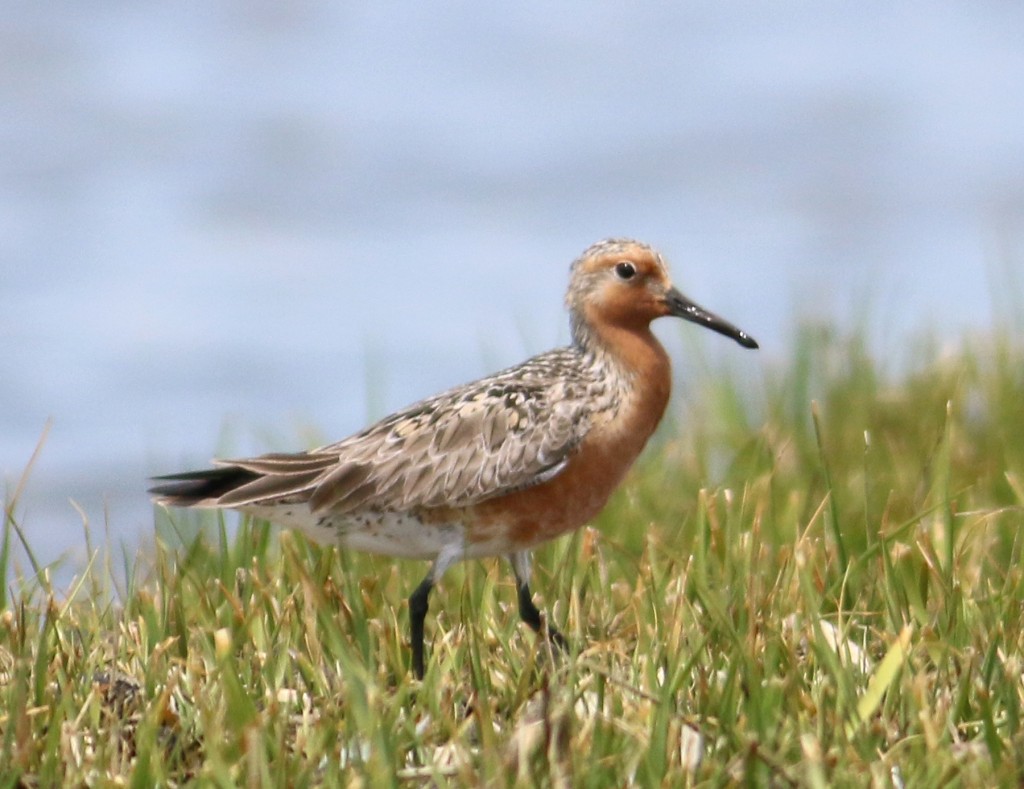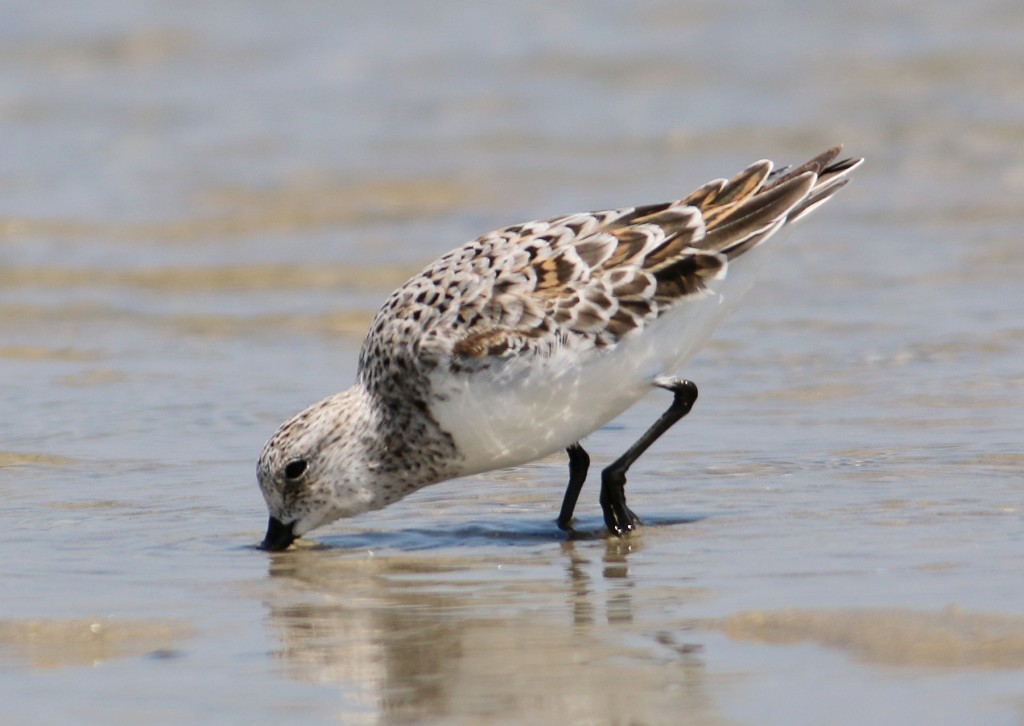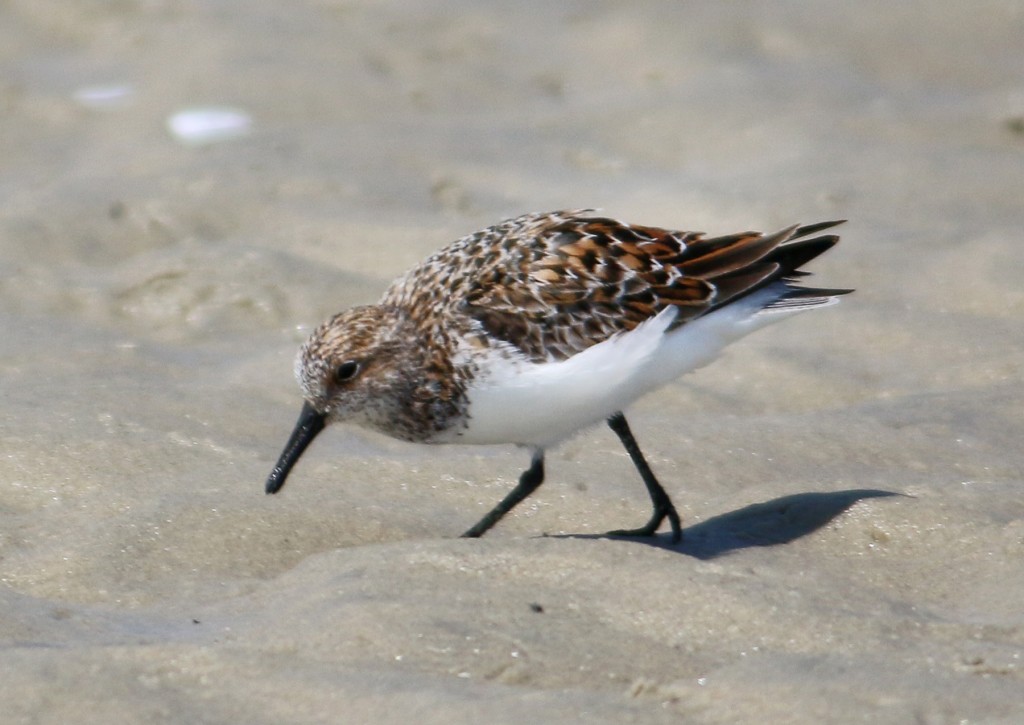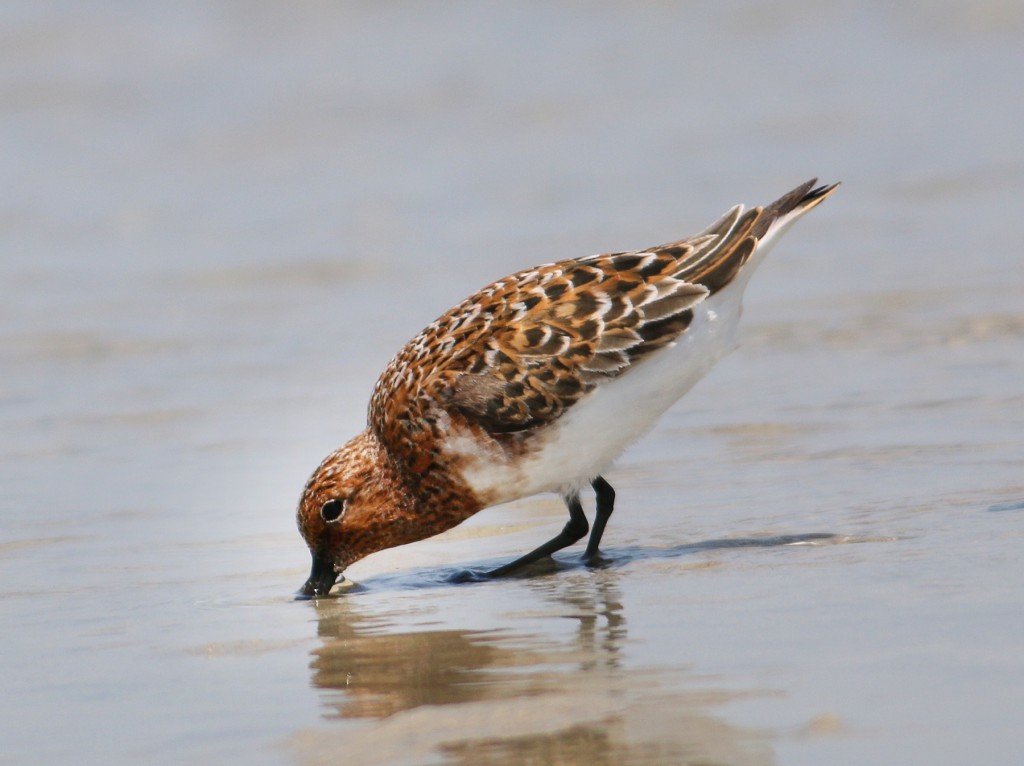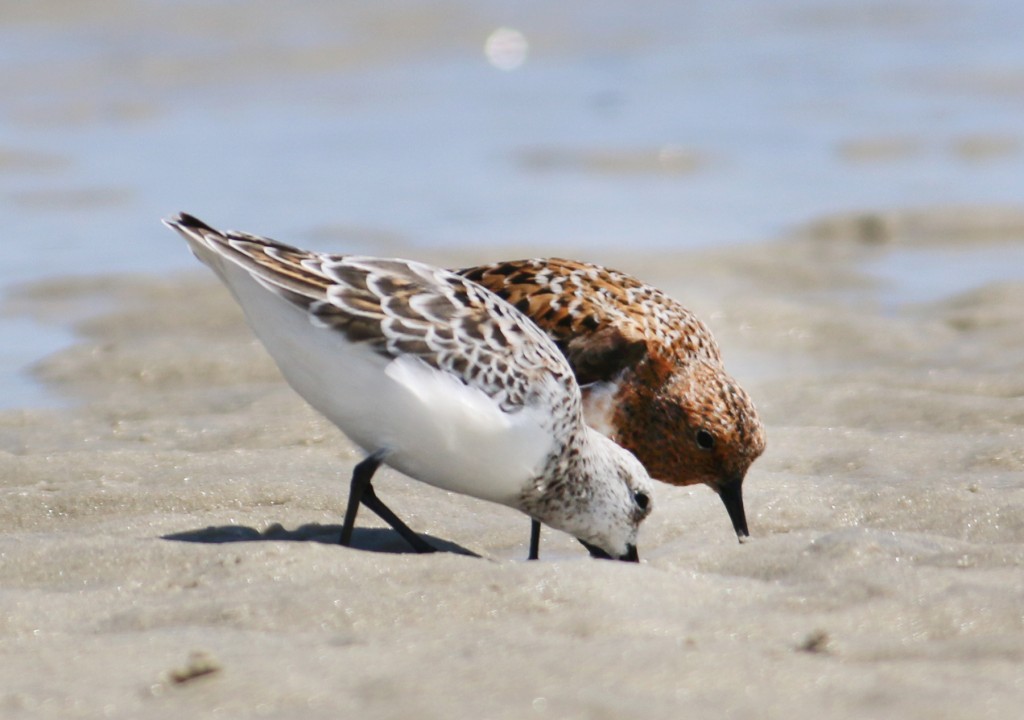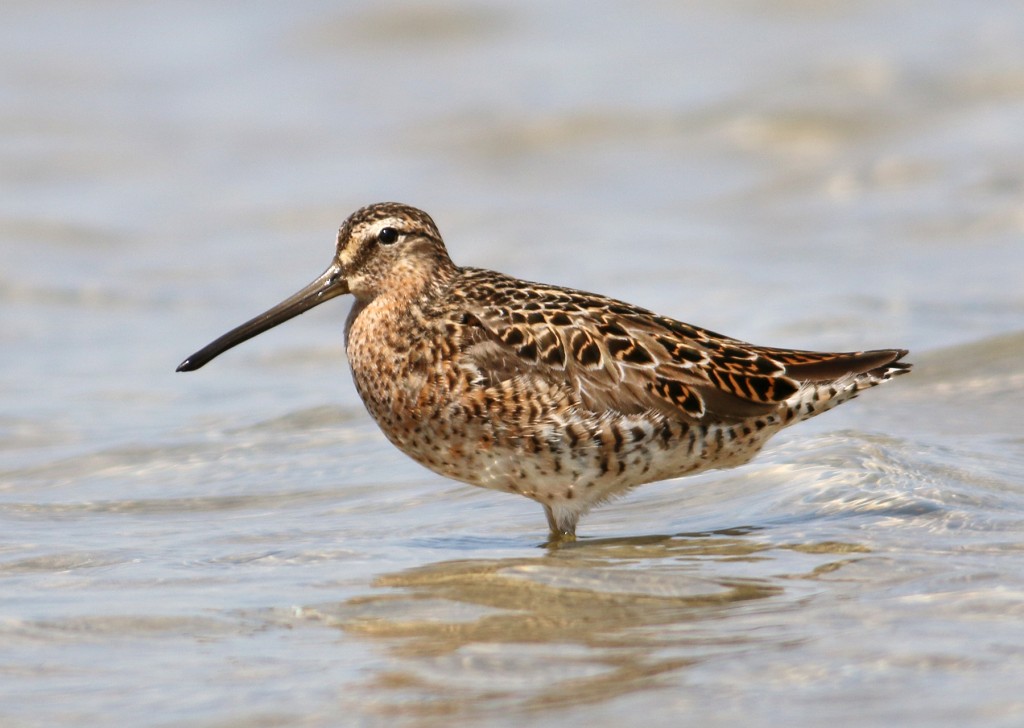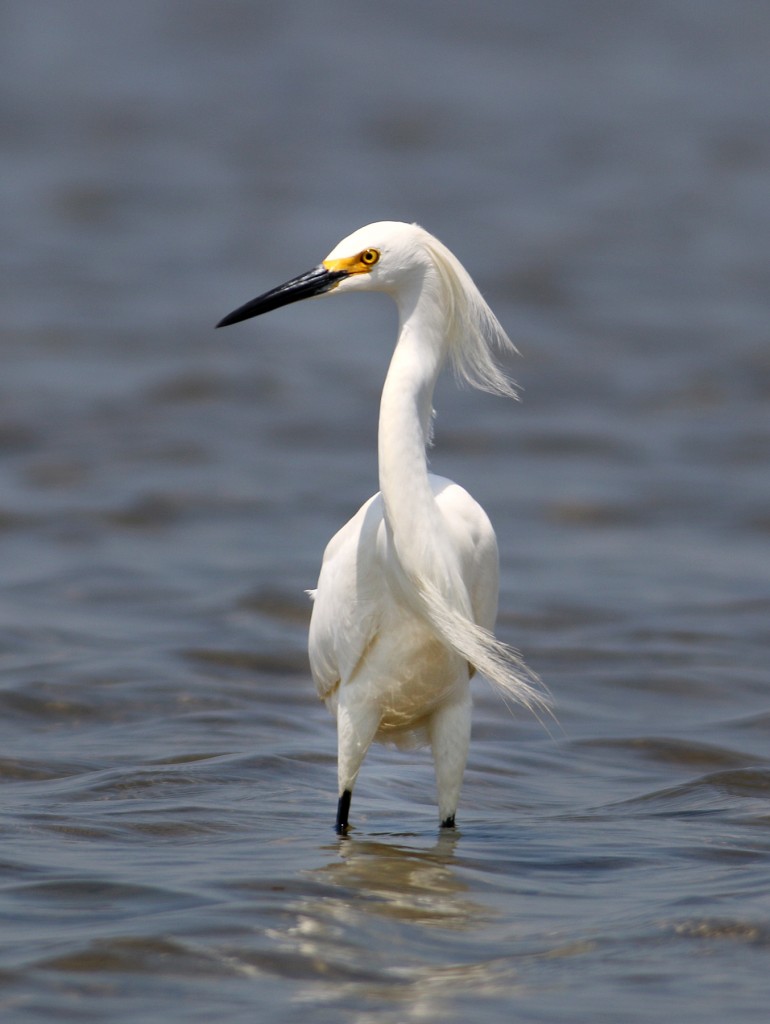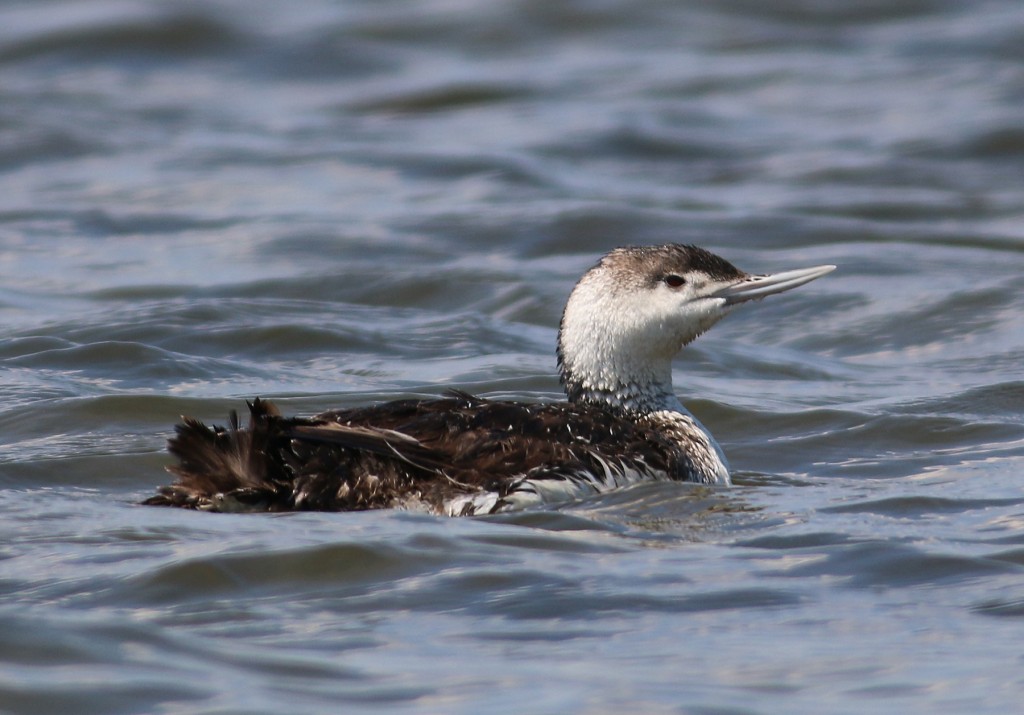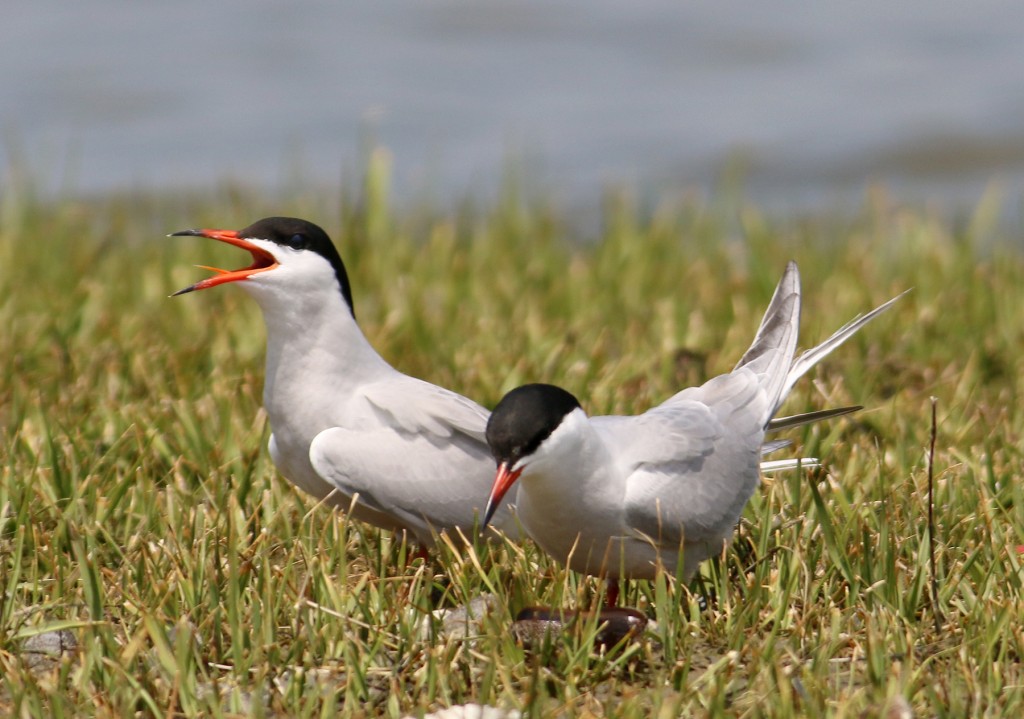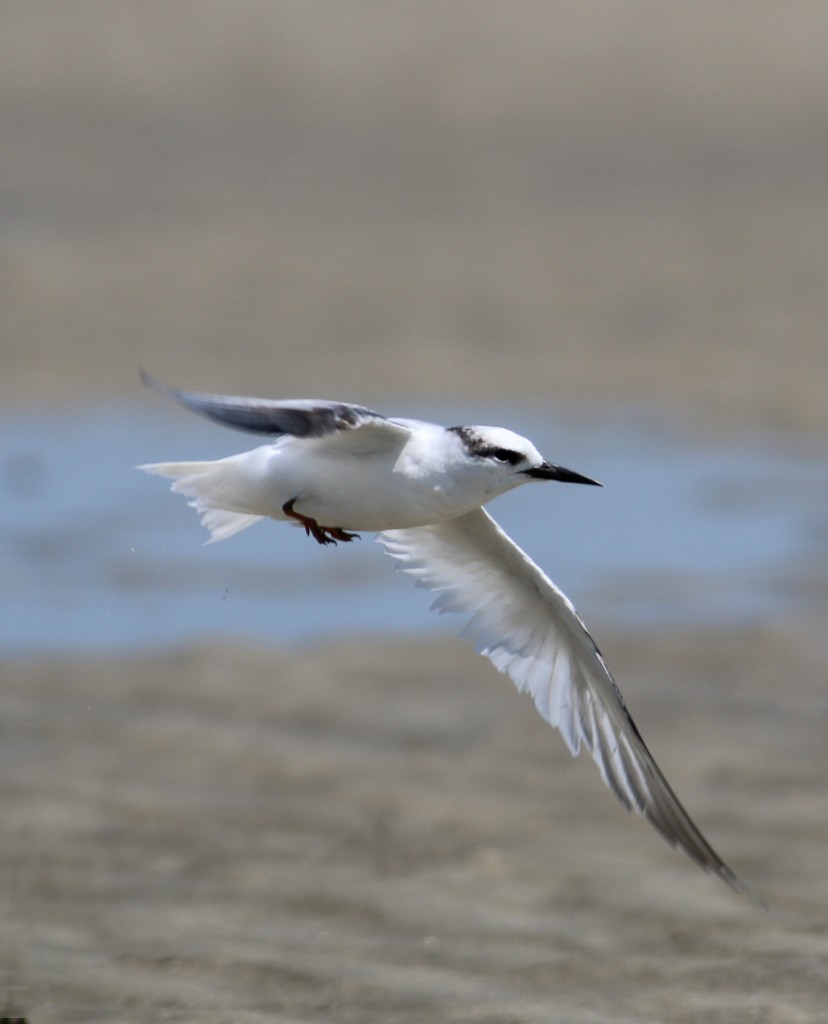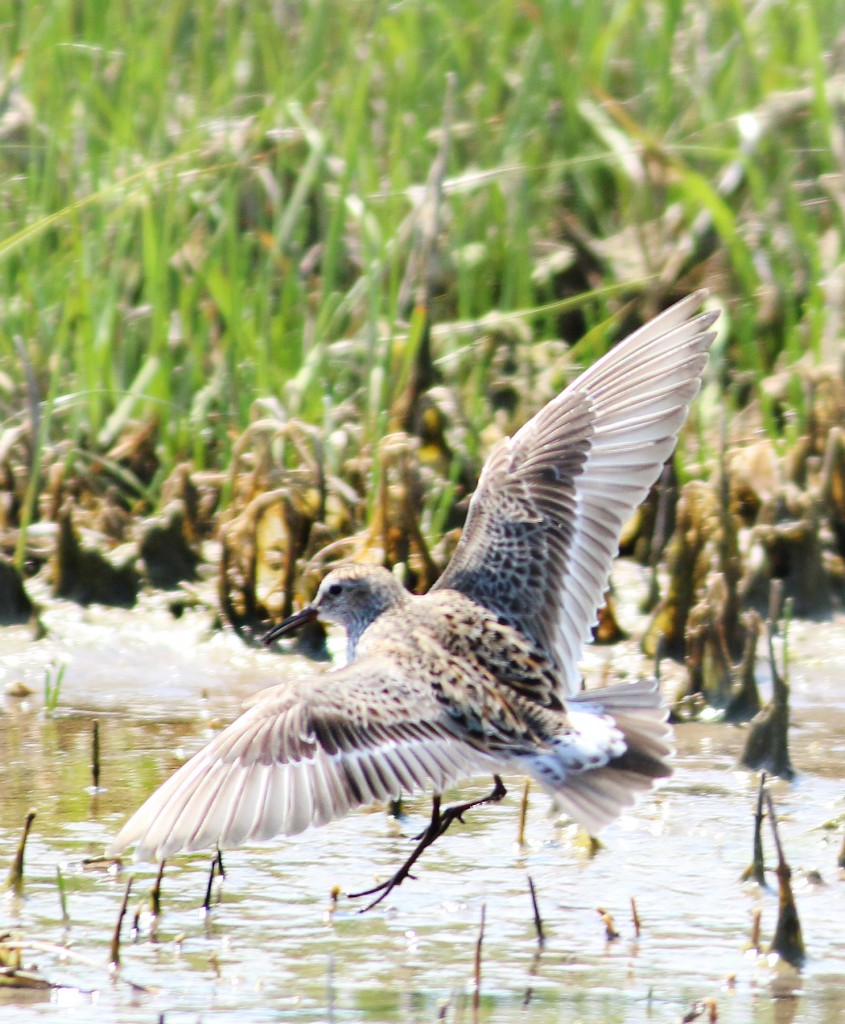I have not made any secret about how much I love exploring the Barnegat Bay Sedge Islands via canoe throughout the summer and fall. I have not been there much in spring, however, with my earliest previous visit being on June 2. Jeanine and I were determined to explore the islands during prime spring migration this year, sacrificing a day of warblers and thrushes and vireos for terns and shorebirds and wading birds.
The conditions today were ideal; shorebirds were still in the area, the winds were calm, and the day was going to be clear and hot. We first explored some of the trails for songbird migrants, finding a few Blackpoll and Magnolia Warblers, a surprise immature Great Horned Owl, and a healthy dose of mosquitoes (not all first-of-seasons are welcomed). It was hard to concentrate on songbirds while anticipating the shorebirds though, so we headed to the launch site.
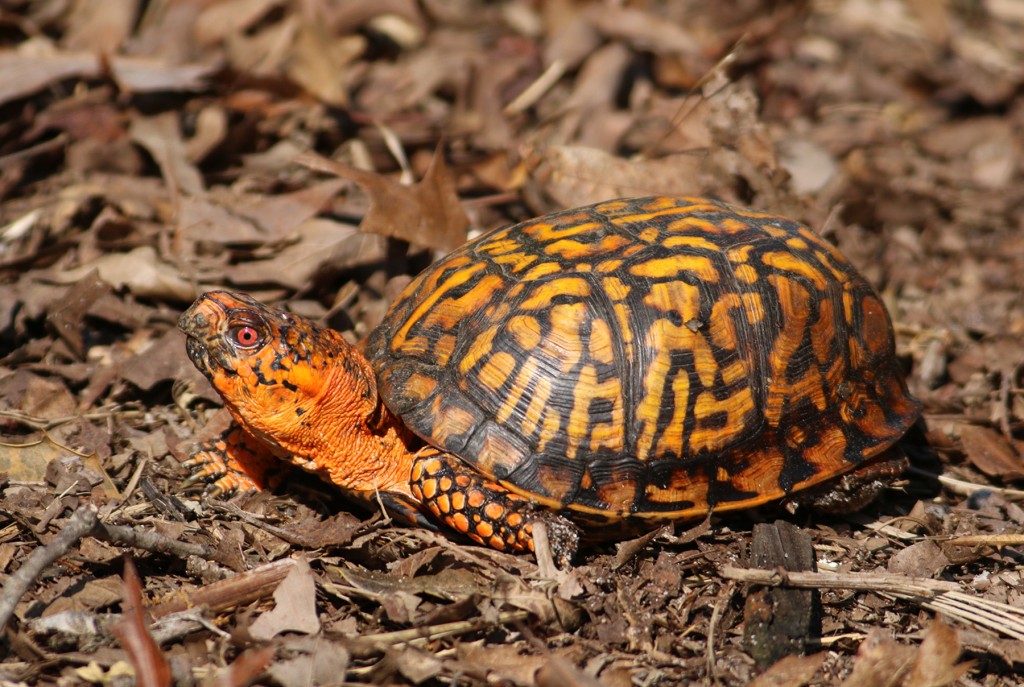
It’s not always about birds. Here is a colorful Box Turtle that Jeanine spotted on one of the trails.
Our timing was good, as the flats were expansive with shorebirds scattered throughout. Shorebirds can be tough to identify, especially when they are in unfamiliar plumage, so it took us a while to get re-oriented to what species we were seeing. Some of these birds are quite striking in their breeding plumage, and that’s exactly why we came this early in the season. Three species in particular were notably colorful compared to their winter appearance. Dunlin can be found in the area in winter, when they are nearly all gray, huddling in the cold. But here in May they are easily identified by their bright reddish plumage on their upperside and a large black patch on the belly.
Red Knots migrate through our area in both spring and fall to re-fuel during their 9,000 mile (one-way) migration. They now are developing their striking namesake red plumage.
The most striking birds to me, however, were the Sanderlings, which are bright white during winter but transition into a brilliant rusty breeding plumage. Today we witnessed Sanderlings in all phases of transition from winter to spring plumage.
Short-billed Dowitchers also were quite variable in their plumage, although we tend to see that variability in fall too.
As we paddled over towards the marsh, we were delighted by close views of a Snowy Egret with its breeding finery blowing in the wind, and a Red-throated Loon that was preening at the surface. The loon should be leaving us soon, although a few Common and Red-throated Loons still linger in the area.
The terns do not undergo as dramatic plumage changes as the shorebirds, but we were happy to see Forster’s Terns in close quarters, along with a pair of Royal Terns and a trio of diminutive Least Terns today.
When the afternoon winds began we headed into the marsh channels, where we were happy to see occasional fly-by Glossy Ibises, a few Little Blue Herons, and scattered shorebirds. Altogether, we spotted 13 shorebird species today, but seeing them sporting these different plumages was absolutely delightful.
